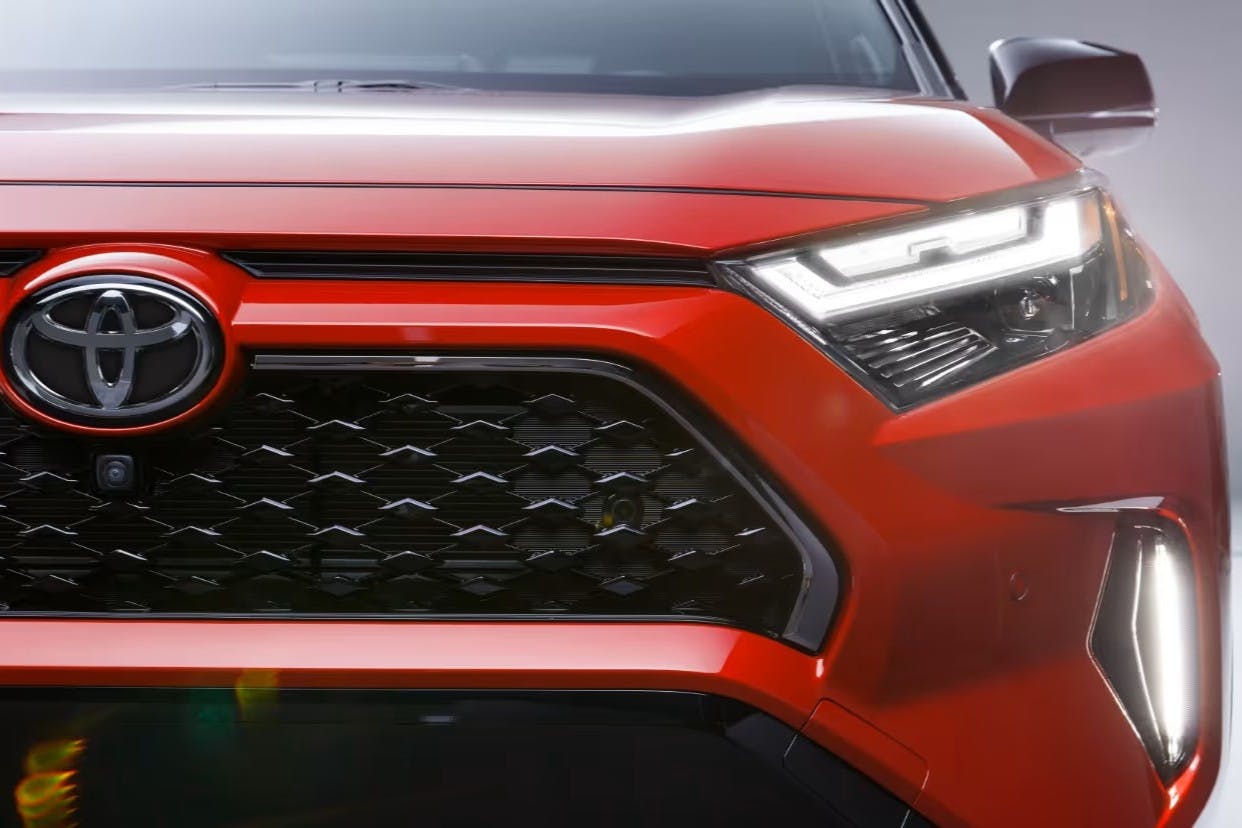
The RAV4’s Rise: How a Compact SUV Toppled America’s Beloved F‑150
For decades, the Ford F‑150 has been the undisputed king of U.S. vehicle sales — a symbol of ruggedness, utility, and what many saw as the ideal pickup truck. But in 2024, that reign came to an end. The Toyota RAV4, a crossover/SUV known for its practicality, fuel efficiency, and strong value proposition, has just overtaken the F‑150 for the first time in decades. Let’s dig into the numbers, the reasons why, and what this shift means.
Why Did the RAV4 Pull Ahead?
Several factors seem to have contributed to this shift:
Growing demand for SUVs / crossovers
The mainstream buyer is increasingly favoring SUVs and crossovers for their versatility—better fuel efficiency than big trucks, more civilized driving for daily commuting, and still enough space for passengers and cargo. The RAV4 fits in well here.
Hybrid / alternative powertrain options
RAV4 offers hybrid (and plug‑in hybrid) versions, which are more appealing as buyers think about fuel costs, environmental impact, and sometimes regulatory/policy incentives. This helps boost its attractiveness versus a large pickup that is less efficient.
F‑150’s dip in sales
The F‑150 didn’t just get passed—it also dropped in sales by about 5% in 2024. Whether that’s due to inflation, supply chain constraints, changing consumer priorities, or possibly concerns about fuel costs / maintenance, the decline set the stage for someone to overtake it.
Maturation of RAV4 design and brand strength
Even though the current RAV4 model has been around since 2018, it has held up well in terms of reliability, value, resale, and brand perception. Toyota’s reputation helps, too.
Economic and consumer factors
Rising fuel prices, interest rates, and heightened economic uncertainty often lead buyers to be more cost‐conscious. A capable, efficient crossover makes more sense to many than a large truck. Also, total cost of ownership (fuel, insurance, etc.) weighs heavily. The RAV4 tends to win here.
Implications & What It Means
This isn’t just a trophy win for Toyota. The shift has broader implications for the U.S. auto market, manufacturers, and consumers.
A signal of changing buyer priorities
Americans may still love trucks, especially pickups, but what they want from them is changing. Efficiency, hybrid/electric options, comfort, and tech features are increasingly non‑negotiables.
Potential shift in strategy for truck makers
Ford (and other producers of large pickups) might need to double down on electrified trucks or improve fuel efficiency, cost, and value. Also, perhaps offer more crossover alternatives within the same brand.
SUVs & crossovers becoming even more dominant
As other car buyers move away from sedans and small cars, the SUV/crossover category continues its rise. The RAV4’s success underscores that trend.
Resale value, longevity, and cost of ownership will become ever more important metrics, not just raw capability.
Regulation and policy may also accelerate change. Emissions standards, fuel economy requirements, and incentives for hybrids or EVs could further favor vehicles like the RAV4.
Caveats & Context
While RAV4 passing F‑150 is big, there are some nuances:
“Vehicle” vs. “model” breakdowns
The comparison here is between single models (i.e. RAV4 vs. F‑150). If you consider the entire F‑Series (which includes F‑250, F‑350, etc.), Ford still reports strong numbers.
Segment differences
A RAV4 and F‑150 serve different functions for many buyers. A pickup’s towing, payload, work use, etc., are advantages that crossovers/SUVs can’t always match. So part of Ford’s decline might be its core business shifting but not necessarily losing relevance.
Durability of the trend
Was 2024 an outlier or the start of a sustained change? How will 2025 and beyond look, especially with new models, rising EV competition, and economic fluctuations? It’s still early to say “done deal.”
Looking Forward: Can Ford Reclaim Its Throne?
Here are some things to watch that will influence whether this is a turning point or a blip:
- Will the next‑generation RAV4 (coming ~2026) keep up the momentum? If it improves its powertrain, hybrid/PHEV/EV offering, tech, etc., Toyota could cement its lead.
- How will Ford react? More EV trucks? More efficient ICE/hybrid models? More competitive pricing?
- Consumer trends in fuel cost, insurance, and economic pressure will matter. If gas gets more expensive, or maintenance costs for trucks rise, that shifts favor to crossovers.
- Regulatory/policy pressures (emissions, EV incentives, etc.) will favor those with efficient powertrains.
Headline Takeaway
The Toyota RAV4 outselling the Ford F‑150 in 2024 isn’t just about one model overtaking another. It’s about changing consumer preferences, rising expectations for efficiency, and a market in transition. For years, the F‑150 was “America’s vehicle.” Now, the RAV4 is staking its claim, and that shift speaks volumes about what drivers in 2025 and beyond will care about.








